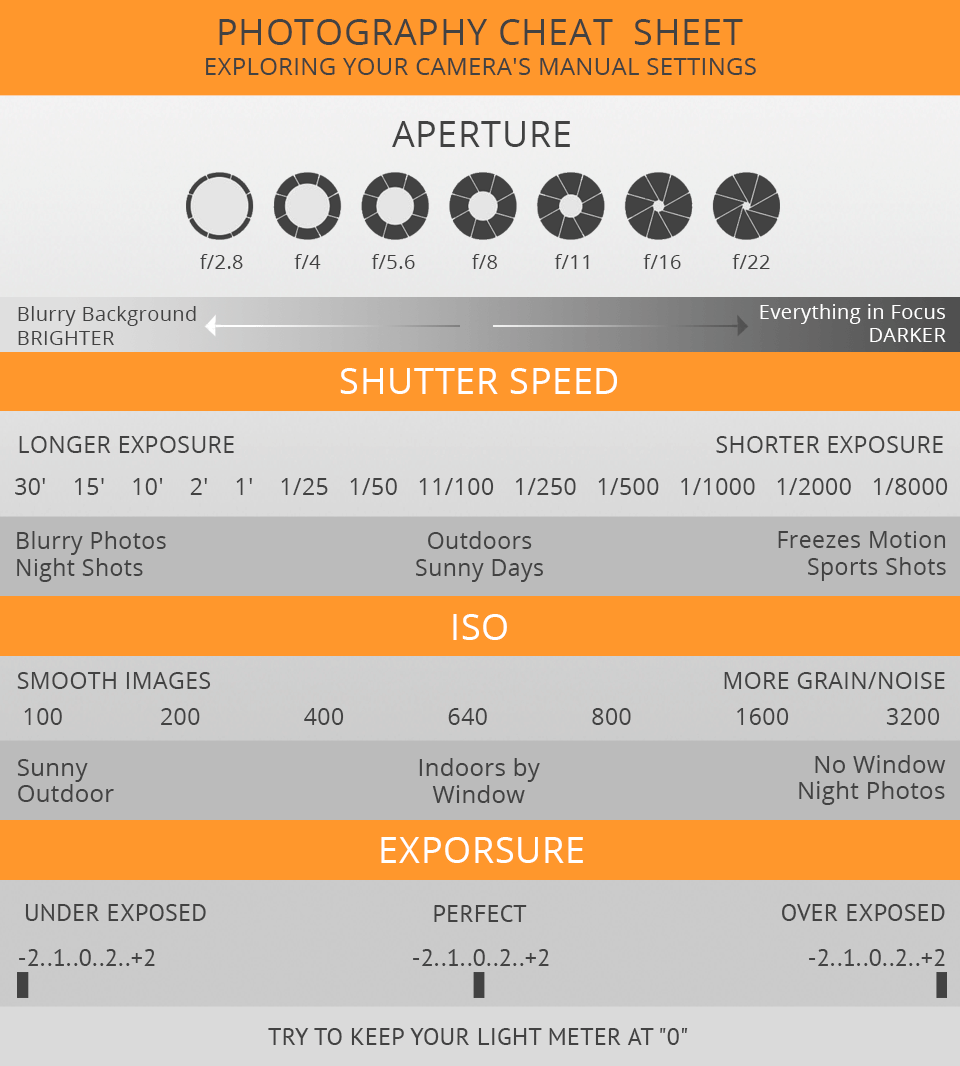Photography Tips For Beginners: Grasping Your Video Camera In A Snap
Photography Tips For Beginners: Grasping Your Video Camera In A Snap
Blog Article
Content Author-Lindgreen Bryant
When you initially get your camera, it can feel frustrating with all the settings and options readily available. You may find yourself questioning exactly how to navigate aperture, shutter rate, and ISO properly. Grasping these fundamentals is vital, however there's more to photography than just technical knowledge. Understanding structure strategies and lights conditions can boost your pictures drastically. So, what happens if you could learn straightforward approaches to enhance your abilities and begin capturing impressive images quicker than you assume? Let's explore just how to transform your digital photography trip.
Understanding Electronic Camera Setups
Understanding your cam settings is important for catching stunning pictures. When you pick up your camera, acquaint on your own with the three main settings: aperture, shutter speed, and ISO. Each plays an essential function in how your photos turn out.
Beginning with aperture, which controls the quantity of light going into the lens. A bigger aperture (lower f-number) lets in extra light and develops a gorgeous background blur, ideal for pictures. Alternatively, a narrower aperture (higher f-number) keeps more of the scene in focus, perfect for landscapes.
Next off, concentrate on shutter speed. This setup figures out how long your camera's sensing unit is revealed to light. A quick shutter speed freezes activity, which is great for activity shots, while a slow-moving shutter speed can produce spectacular effects like smooth water in landscapes.
Lastly, readjust your ISO. This setting influences your electronic camera's sensitivity to light. read here is useful in low-light situations but can present sound or grain. Go for the lowest ISO feasible while still achieving correct direct exposure.
Structure Strategies
When you're out capturing, structure can make all the distinction in just how your pictures resonate with visitors. Beginning by using the policy of thirds; visualize your structure split into nine equal sections with 2 horizontal and two upright lines. Position crucial elements along these lines or at their intersections to produce equilibrium and rate of interest.
Next, take into consideration leading lines. These natural lines in your scene, like roads or rivers, draw the visitor's eye into the picture, directing them through the tale you're informing.
Do not ignore mounting; usage elements within your scene, like trees or home windows, to produce a frame around your topic, including depth and focus.
Additionally, keep an eye on your background. A cluttered background can sidetrack from your primary subject, while a simple one assists it attract attention.
Lastly, try out https://telegra.ph/Checking-Out-The-World-Via-The-Lens-Traveling-Photography-Basics-01-08-2 and patterns; they can create a striking picture that records attention.
Mastering Lighting Issues
Understanding illumination conditions is crucial for catching magnificent photos, as the appropriate light can transform a regular scene into something remarkable.
Start by observing natural light at different times of the day. https://zenwriting.net/gregory77robert/innovative-digital-photography-concepts-releasing-your-creativity and late afternoons supply the most effective light, called the gold hour. The soft, warm tones throughout these times can boost your pictures perfectly.
Don't avoid cloudy days either; diffused light can minimize severe darkness and create a pleasing effect, particularly for portraits.
Trying out backlighting by positioning your topic against the light. This strategy can develop a dreamy halo result and add deepness to your images.
Pay attention to your camera settings also. Change the ISO, aperture, and shutter rate to suit the lighting problems. A higher ISO can assist in low light, yet be cautious of grain.
Use a tripod in darker settings to prevent blur.
Finally, don't fail to remember artificial lighting. Flash and constant lights can be excellent tools for controlling light in challenging conditions.
Verdict
Finally, mastering your cam does not need to be overwhelming. By understanding your settings, using structure techniques, and utilizing the power of natural light, you'll swiftly raise your digital photography abilities. Keep in mind, practice makes ideal, so get out there and explore your newfound understanding. With time and commitment, you'll be catching stunning photos that show your one-of-a-kind perspective. Take pleasure in the trip, and do not fail to remember to enjoy while you're at it!
